Galloway to the World
Hugh McMillan & Shoo Rayner
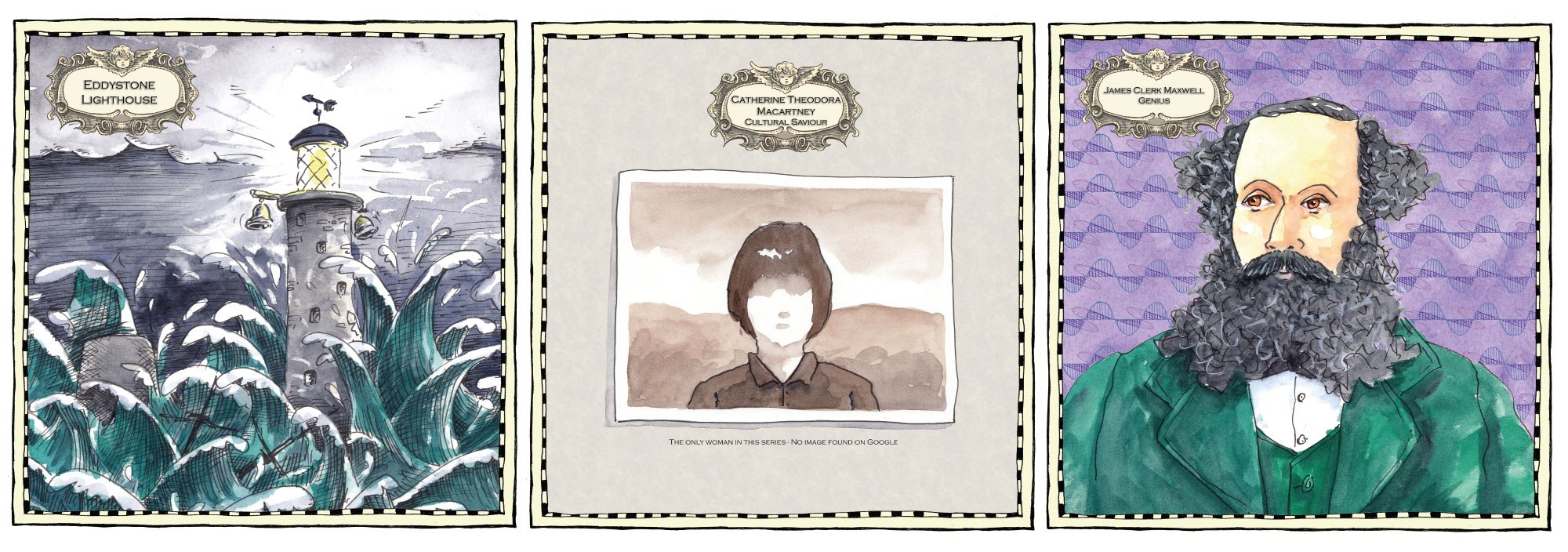
Galloway to the World is a collaboration between Dumfries & Galloway based author Hugh McMillan and children's author-illustrator Shoo Rayner, and was commissioned for the 2019 Wigtown Book Festival. The exhibition was first shown as part of the Map House, a pop-up venue exploring aspects of Galloway's history, languages and peoples.
Hugh McMillan is an award-winning poet from Penpont. One of his enthusiasms is rebooting history to form contemporary connections. His rollicking McMillan’s Galloway (read an extract), commissioned initially for Wigtown Book Festival, is due to be reissued in paperback in 2020 by Luath Press, who also published his best-selling poetry collection The Conversation of Sheep.
Shoo Rayner is a children’s author and illustrator who creates picture books and middle-grade fiction for children across the primary school age range. Having failed his English O Levels three times, he developed a very visual approach to writing and telling stories, which often chimes with reluctant readers and writers. Find out more about Shoo’s work at www.shoorayner.com.
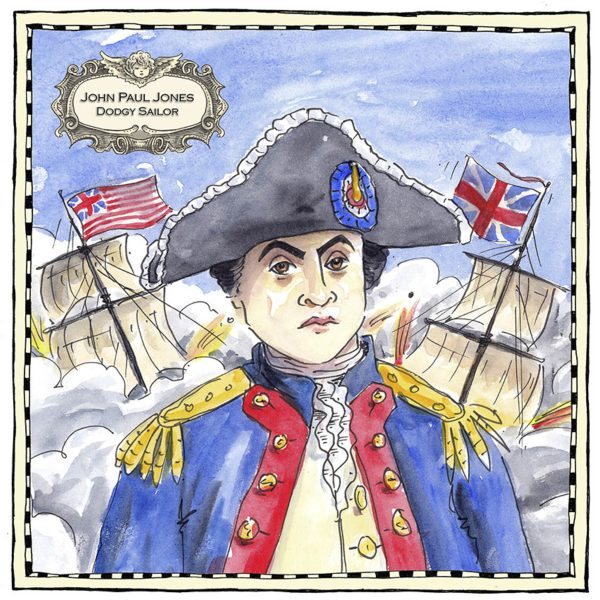
John Paul Jones
1747 - 1792
Arbigland to America to Russia
To some a freedom fighter and to others an egotistical maniac, pirate and paedophile, John Paul Jones found American favour by attacking his own country, in fact his own region, during the American Wars of Independence. Thanks to his inability to get on with anyone, he left American service to serve Catherine II of Russia against the Ottomans. After many court cases and disputes, he died in Paris, an embittered man on a Russian Rear-Admiral’s pension.
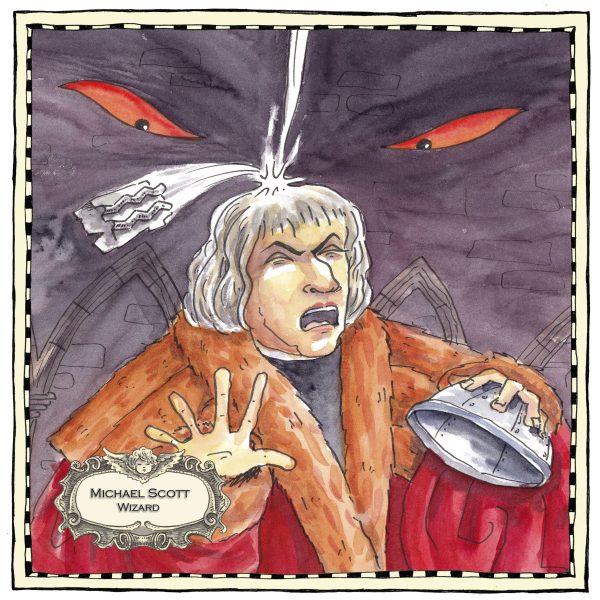
Michael Scott
1175 - 1232
Glenluce to Sicily, North Africa and Hell
A genius and polyglot, Michael Scott is associated with Glenluce Abbey and may have been born there. He was attracted to the fabulously intellectual court of Frederick II in Sicily where he befriended many other scholars such as Fibonacci who dedicated a volume of his mathematical studies to him. He also, it is said, befriended Satan during this same period and diverted the latter’s energies into knotting sand in Luce Bay. As he knew it was foretold he would die when a rock hit him on his head, he always wore a metal skull cap which he removed in church once whereupon he was killed by a falling piece of masonry.
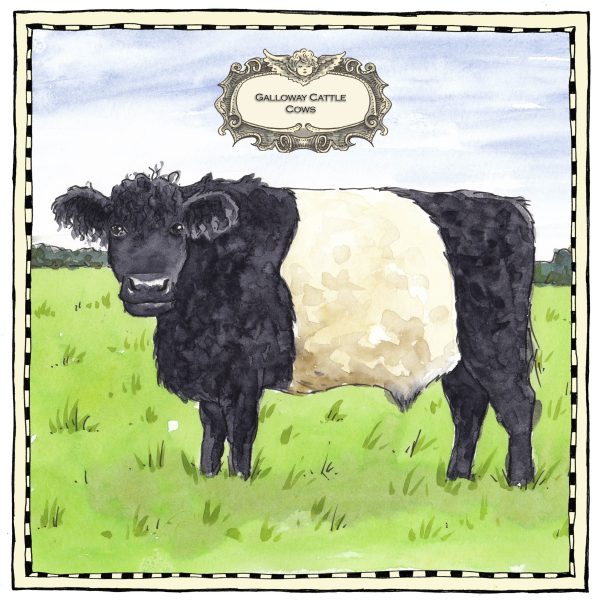
Galloway Cattle
Galloway to Australia, Brazil, Canada, France, Germany, Holland, New Zealand and the US.
A breed of cattle famed for their rough grazing land other breeds would turn their noses up at. They are able to thrive and produce good quality meat on poor pasture making them an ideal beast for Scotland where in the words of a sage “we mak the maist o the wurst”. Societies were started in New Zealand in 1948, in the USA in 1951, and in Australia in 1975. The Belt of the Beltie, only one type of the variety, came about as the result of a dalliance between a Galloway Cow and a Dutch Lakenvelder in the 17th Century, an early example of Scottish-European co-operation.
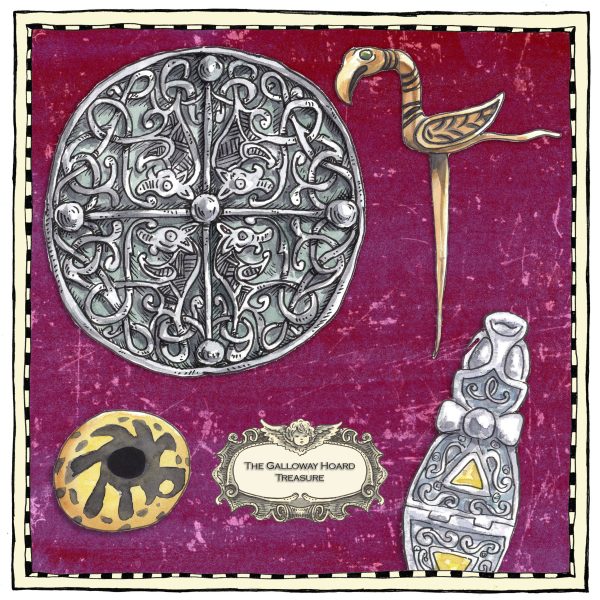
The Galloway Hoard
Kirkcudbright from Constantinople, Dublin and Norway
A variety of gold and silver objects including armbands, brooches, enamels, ingots, fabrics and vessels from a range of countries, dating from the mid-9th or 10th century buried near Kirkcudbright. Discovered by an eager metal detectorist on Church of Scotland land accompanied bizarrely by two metal detectoring Church of Scotland ministers. A glory of pagan culture and art. The Church of Scotland is currently suing for a share of the money.
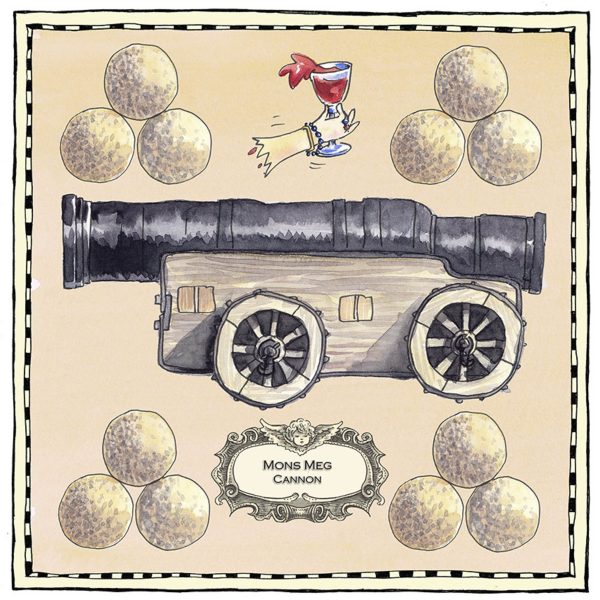
Mons Meg
1449
Threave to Belgium?
A fabulous canon which some people claim was forged near Dalbeattie by a local blacksmith to help King James II attack Threave Castle, and shoot off Margaret Douglas’ hand just as she raised a glass of good Chablis to her lips. It was probably built in Belgium and has a barrel diameter of 20 inches making it one of the biggest calibre weapons in the world. The Stuart Kings were fascinated by big guns which they would often stand beside while they exploded.

Mulberry Harbour
Garlieston to Normandy
Massive construction developed in Garlieston to test safe(ish) anchorage for ships involved in the allied invasion of Normandy in 1944. Garlieston was selected, in the words of Brigadier Sir Bruce White because of “its remoteness from London”. This principle has been behind the serial dumping of weapons of mass destruction in Scotland ever since.
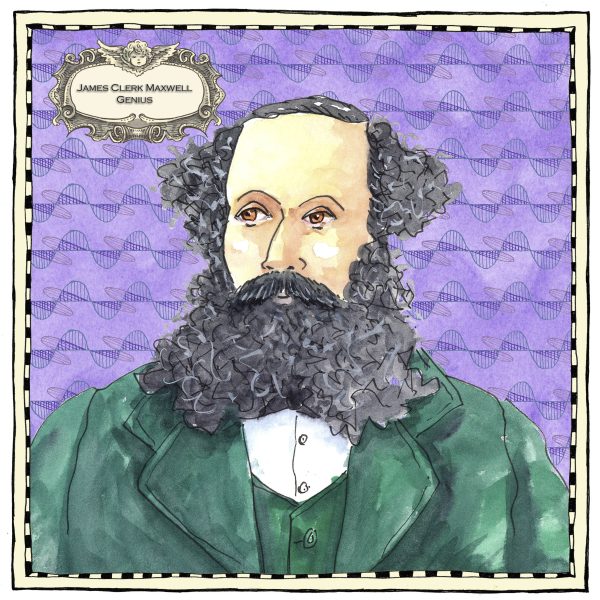
James Clerk Maxwell
1831 - 1879
Kirkcudbright to Maryland, Venus and Saturn
One of the greatest physicists who ever lived. Asked if he had stood on the shoulders of Newton, Einstein replied: “No, I stand on Maxwell’s shoulders.” Obsessed from an early age at “the go” of things, he is commemorated everywhere, including in the elite American Maxwell Plasma Physics Prize, a range of mountains in Venus and a gap in the Rings of Saturn.
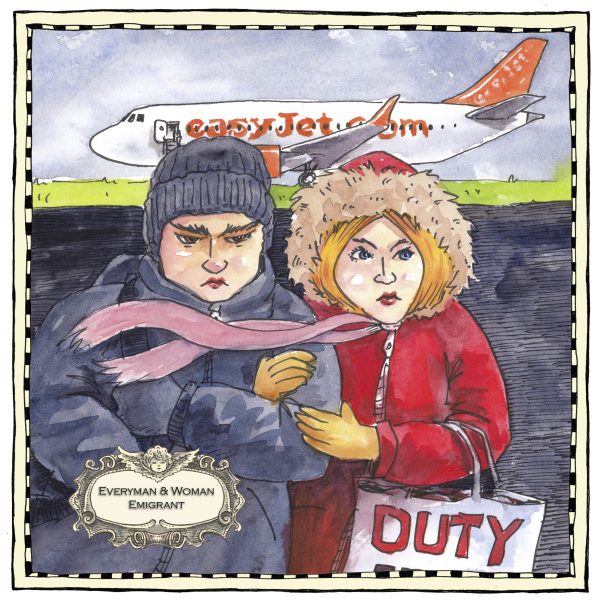
Everyman & Woman
Carsethorn to Canada, America, New Zealand, Australia
The log of the 1775 ship The Lovely Nelly, sailing emigrants out of Carsethorn gives the reason for their passage: “For Bread”. In 1850 10,000 emigrants left from a single pier in this single port to Picton, Prince Edward Island and other destinations. Galloway’s greatest export has always been its children, still regularly leaving the region in droves to find work and/or affordable housing elsewhere.
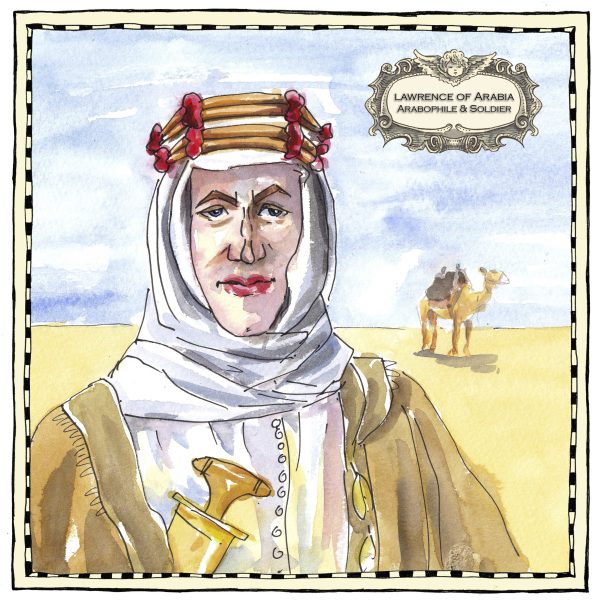
Lawrence of Arabia
1888 - 1935
Kirkcudbright to Palestine, Jordan and Syria
Lawrence’s father, Sir Thomas Chapman, having become involved in a romance with a Scottish governess called Sarah Lawrence, absconded with her to a series of quiet locations including 89 St Mary’s Street, Kirkcudbright where Lawrence of Arabia lived between 1889 and 1891 and where his brother William George was born. TE Lawrence was best known for his work in the Arab Revolt against the Ottomans in the Middle East which began in 1916. Two soldiers of the Camel Corps are commemorated on the Twynholm War Memorial having died in one of Lawrence’s campaigns.
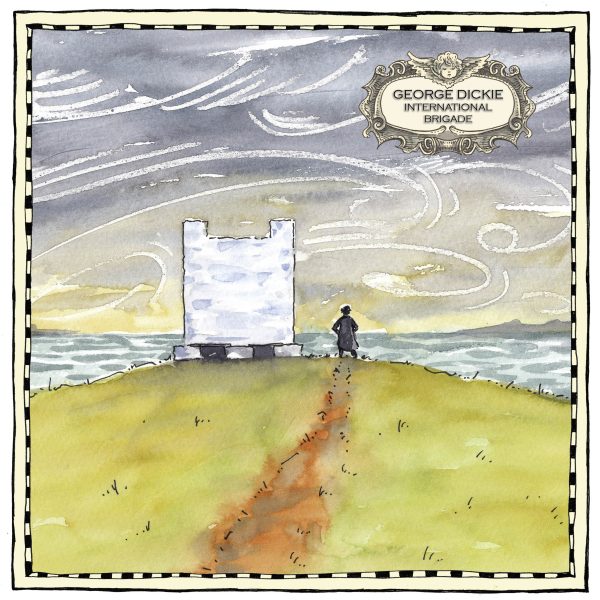
George Dickie
1912 - 1951
Whithorn to Jarama, Spain
George Dickie was born in 1912 and grew up in Whithorn. In 1936 he volunteered, under the name of Jack Brent, for the International Brigade and fought against Franco, being shot in the spine during the Battle of Jarama in 1937. He was a prominent member of the Communist Party in London, and was involved in the campaign to give Londoners access to the Underground during the Blitz. After the war, he returned to his home town where a memorial was unveiled to him in 2006. Whithorn’s contribution to the anti-fascist movement is much in contrast to Dalbeattie which in the 1930s was described as the “home of Scottish fascism”.
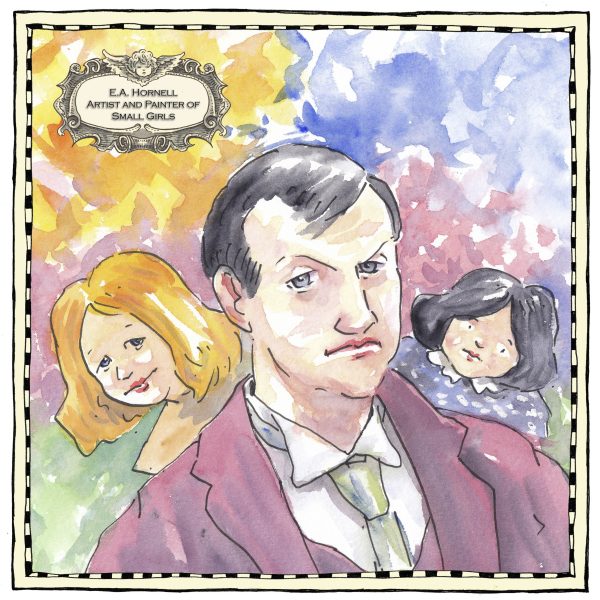
EA Hornell
1864 - 1933
Kirkcudbright to Japan
An Australian painter who settled in Broughton House Kirkcudbright, Hornell experimented with vivid colours. In 1893-94 he spent a year and a half in Japan, where he learned much about decorative design and spacing. He specialised in painting small girls in a variety of postures and costumes. He was an avid collector of folktales and stories from the region.

Bill Drummond
b. 1953
Penkiln Burn, Newton Stewart to Venice
Made and burned a fortune (literally) with KLF and the K Foundation. A conceptual artist as well as a musician, he shined shoes on the streets of Venice for the Biennale. His book ‘45’ was ranked 21 in the Observer’s list of “The 50 greatest music books ever”. BBC Radio 1 in 2006 included Drummond in a survey of “Most Punk Persons”. Loved and hated in equal measure at home and abroad, Drummond is still busy making surprise deliveries of cake and daffodils to complete strangers, as part of his on-going Penkiln Burn Art Project.

Catherine Theodora Macartney
1877 - 1949
Castle Douglas to Kashgar, China
Catherine played a vital role in the early 1930s aiding archaeologists to preserve the unique Dunhuang Manuscripts, discovered sealed in jars and dating from the 4th-11th Century AD. A unique and priceless collection of documents covering maths, astronomy, history, poetry and dance in up to 12 separate regional and national languages, these were in danger of being sold off piece by piece to private collections until Catherine intervened.
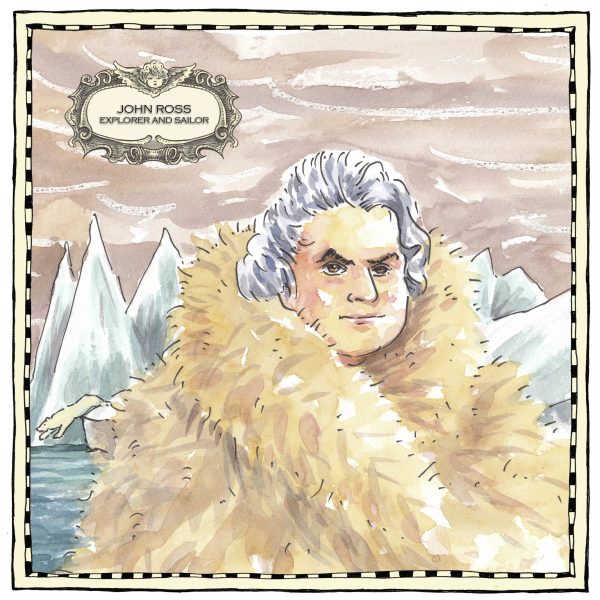
John Ross
1777 - 1856
Balsarroch, Stranraer to the Northwest Passage, Bering Strait, Baffin Island
A bona fide hero and adventurer in the old style. Wounded in the Napoleonic Wars, he led three Arctic expeditions to discover and unlock the Northwest Passage. On the second of these he became the first European to reach the Magnetic North Pole. The third, undertaken at the age of 72, attempted to discover the whereabouts of the lost explorer William Franklin. The trip was paid for by Franklin’s wife. Attuned to the stories of the Inuit, he became convinced, correctly, that Franklin and his crew were dead, a conclusion that led to a rift with Mrs Franklin. Honoured by Britain and Sweden in whose navy he also served, Ross was a Companion of the Order of the Bath and a Knight of the Royal Order of the Polar Star.
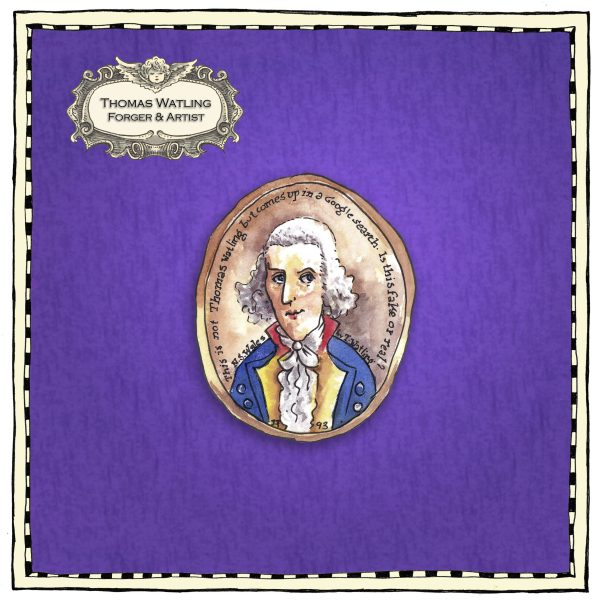
Thomas Watling
1762 - 1814
Dumfries to Cape Town and New South Wales
The only Dumfriesshire person who deserves a place on this map. Watling was an artist and coach painter arrested in 1788 for forgery and transported to Australia. He jumped ship in South Africa and lived rough for a while then was recaptured. On the way to the penal colony he apparently helped subdue a mutiny. Painting the first representations of landscape and fauna in Australia he was pardoned, returned to Dumfries and was arrested for forgery again.

Gallowglasses
Galloway to Isle of Man, Wales, Ireland
The Norse/Gaelic families who settled in Galloway were famed for mustering terrifyingly effective, heavily armed infantry whose services were highly prized by warlords on all sides of the Irish Sea and beyond. Like all good mercenaries, they fought on every side, but the gallowglasses employed by the MacDougalls and other families were often employed against the Scottish crown and made Galloway almost as tough a bit to crack for Scottish Kings as the Norse held Hebrides.
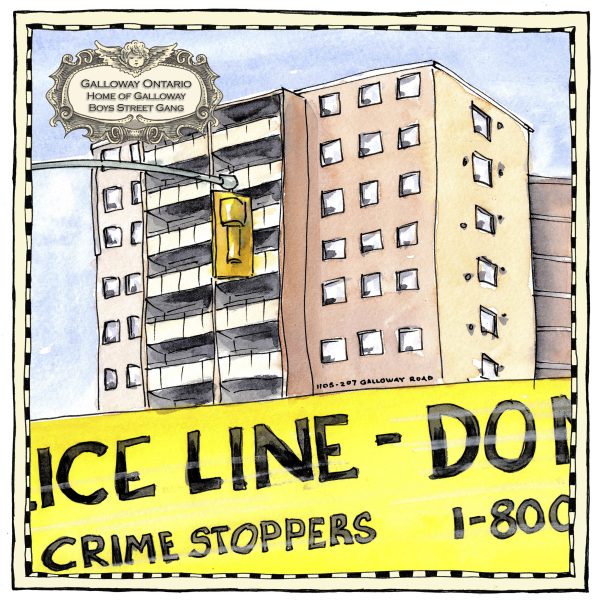
Other Places Called Galloway
Galloway to USA, Canada, Australia and New Zealand
Many emigrants took their place names with them wherever they went to remind them how rubbish home was. This often became a self-fulfilling prophecy. Galloway New Jersey, for instance, was established in the mid 18th century and promptly burned down by the British during the American War of Independence. Galloway in Toronto is a notorious Housing Project controlled by a gun-toting gang called ‘The Galloway Boys’, who control the local drug trade with ferocity and extreme violence. Galloway in Otago, however, has several buildings, a cattle run and a well established fishing shop where nothing appears to have happened at all for close on a century.
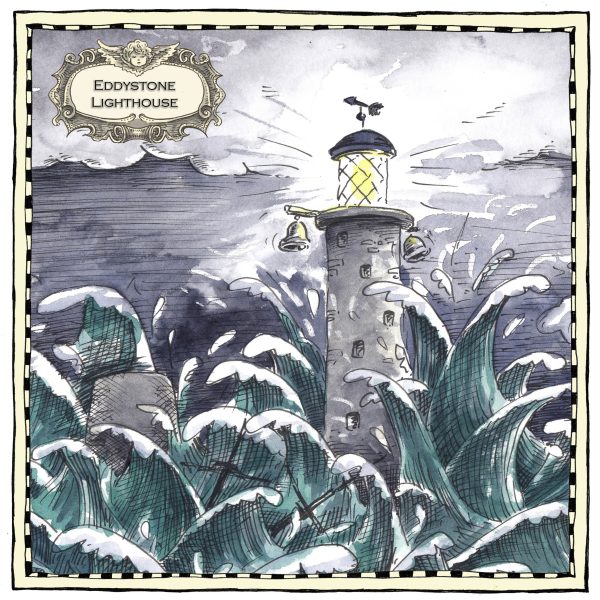
Granite Felsic
Dalbeattie to England and Sri Lanka
Dalbeattie granite formed the basis of cobbled streets in many parts of England, the Thames Embankment and Liverpool Dock. It was used in the Eddystone Lighthouse and the lighthouses on the Large and Little Basses on the tip of Sri Lanka. A Hard Rock for a Hard Place.
Fergus, Roman De
13th century
Galloway to north-east France
Romantic novel based on Fergus Lord of Galloway, written in old French in the 13th century by Guillaume De Clerc. Some believed that it was commissioned by Alan Lord of Galloway but, since it cleverly parodies Arthurian Romances as well as Lords of Galloway, this is disputed. The tale was very popular in France, where De Clerc was possibly born. It’s a great piece of Scottish literature though since it’s in French and a classic nobody believes it could possibly have originated in medieval Scotland, never mind Galloway.
Alexander Murray
1775 - 1813
Minnigaff to Afghanistan
Alexander Murray was the son of a shepherd in Minnigaff whose 70-year-old father taught him the alphabet using a wool card and a charred heather stem for a pen. From a book which had the Lord’s Prayer printed in all the tongues of the world, he taught himself other languages and by the age of 13 he could read Greek, Latin, Hebrew, French and German, by 16 Abyssinian, Welsh and Anglo-Saxon. Given a bursary to study at the university, he added Icelandic, Sanskrit, Persian and Chinese to the languages he knew, eventually becoming Professor of Oriental Languages at Edinburgh University. He specialised in the dialects of Abyssinia. In fact when George the Third received a letter from the Governor of Trgri in Abyssinia, the shepherd’s boy from Minnigaff was the only person in Britain who could read it.
JZ Graham
1919 - 2005
Castle Douglas to Poland, Russia, Germany, France and England
JZ Graham was a teacher of savage temperament who once gave an illustrated lecture on his career during World War II which I attended. As far as I recall, he fought for every side, often twice . He talked very fast so it’s possible, even, he fought against himself.
Logan Gardens Stranraer
South and Central America, Southern Africa, Tasmania, Australia, Tibet, Chile and Patagonia to Galloway
Unique gardens warmed by the Gulf Stream which are an ideal habitat for exotic flora. The MacDougalls of Balzieland, a fierce and antique Galloway family, turned to plant husbandry from 1860, receiving many samples from fashionable Victorian aristocratic scientific expeditions to remote parts of the world. A truly spectacular mini universe.
William Murdoch
1873 - 1912
Dalbeattie to a watery grave in the North Atlantic
Able, brave and professional seaman who was in charge of the bridge when the Titanic hit that iceberg in 1912. No proof exists that Murdoch was anything but an exemplary officer but in the film Titanic (1997) he is portrayed as shooting some Irish folk singers and rough diamonds when they tried to have a ceilidh on one of the lifeboats.
Churchill and Eisenhower
1943/4
Stoneykirk to Normandy
Knockinaam Lodge was apparently a small enough place to avoid snoopers so that the Allied leaders could meet and plan the Normandy Landings in World War II. Since Churchill drank a pint of port for breakfast and three bottles of champagne every night, it’s appropriate that Knockinaam is now a sumptuous and expensive restaurant.
Nicholson and Gray’s Milking Machine
Bombie, Kirkcudbright to New Zealand, Australia, South Africa and elsewhere
From the Hawera and Normamby Star May 1893: “I have had mine working since last November with no detrimental effect on the cows and the added advantage, since the milk goes to airtight containers, of no contamination. I recommend this piece of old world genius!”
Religious Zealots
Crocketford, Creetown, Minnigaff and Carsphairn to Barbados, Philadelphia, Maine, New York
The persecution of the Covenanters saw many of them transported as slaves to the colonies in the 17th Century, and many escape persecution by emigration. The Covenanters arguably got their own back in the three centuries of repression and boredom that followed but more exotic groups shrivelled. Sadly there are no Buchanites alive in Crocketford, Auchengibbert or anywhere else.